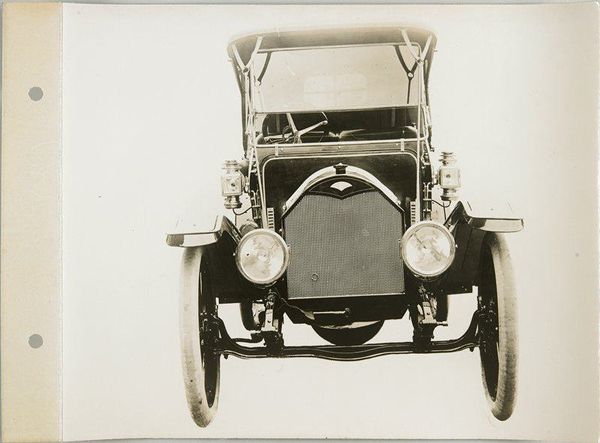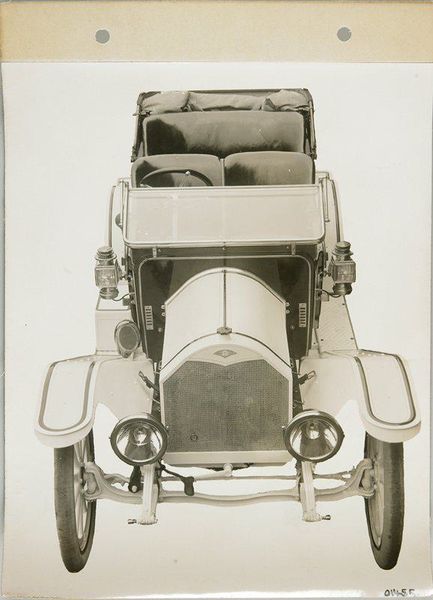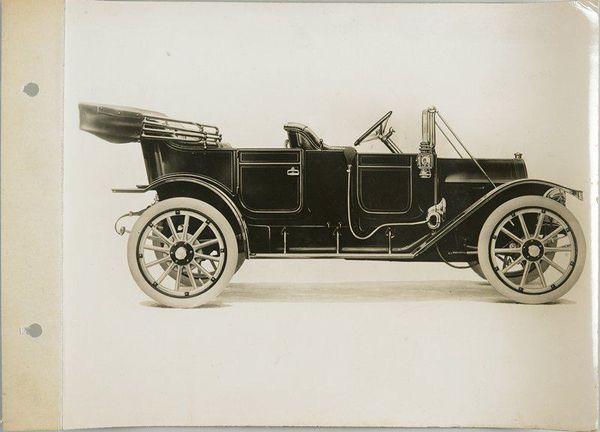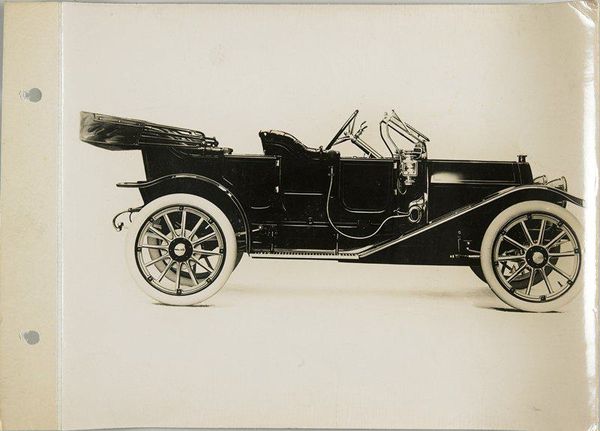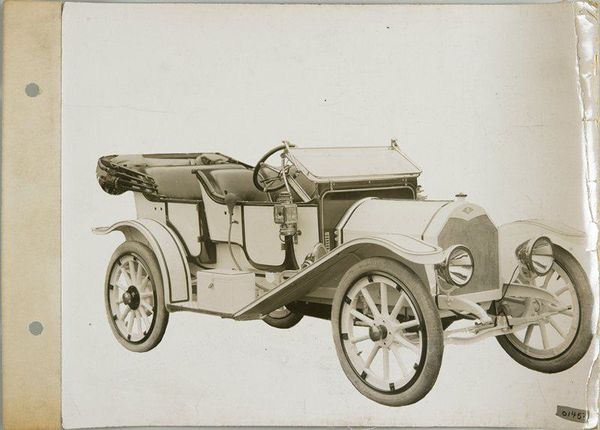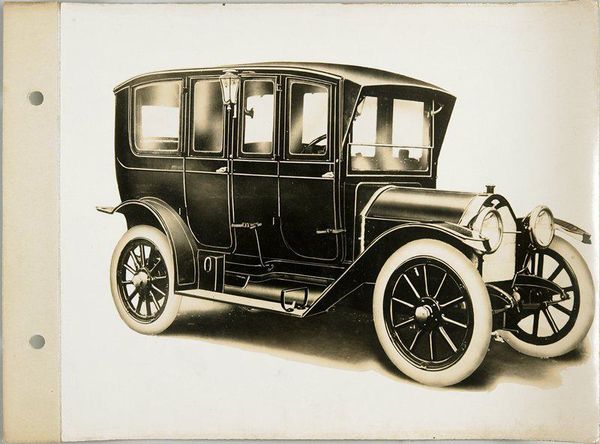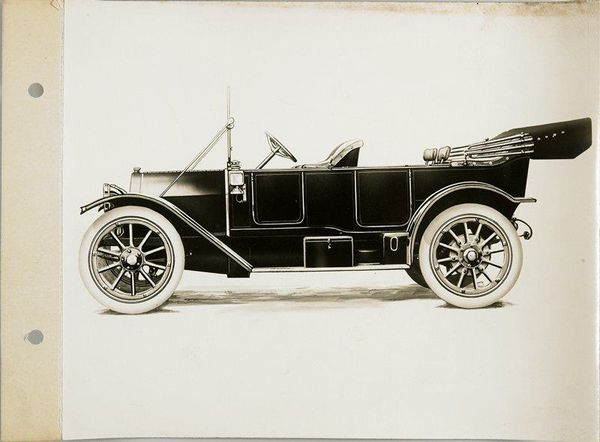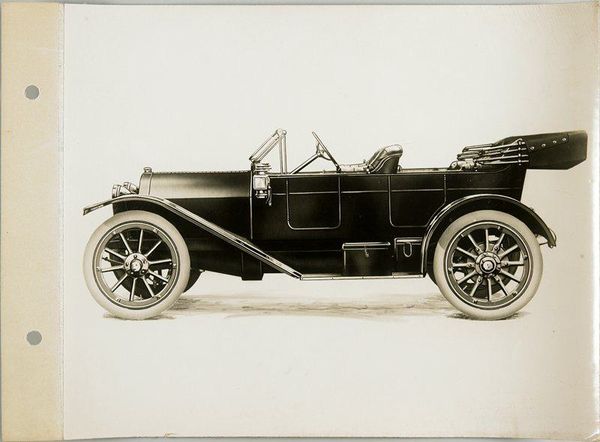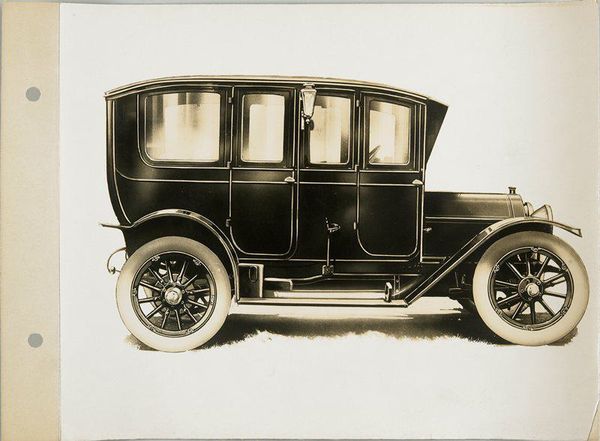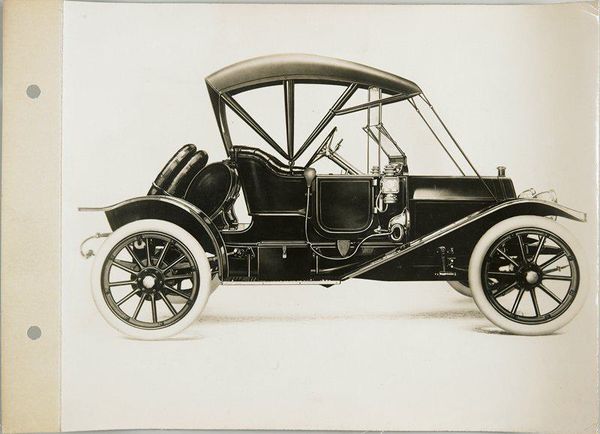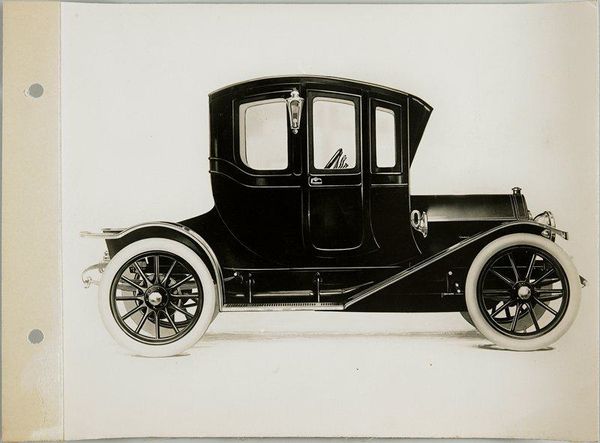
gelatin-silver-print, print, photography, gelatin-silver-print
#
still-life-photography
#
gelatin-silver-print
# print
#
photography
#
gelatin-silver-print
Dimensions: 7 7/16 x 9 3/16 in. (18.89 x 23.34 cm) (image)7 7/16 x 10 3/16 in. (18.89 x 25.88 cm) (mount)
Copyright: No Copyright - United States
Editor: Here we have "Untitled," a gelatin-silver print from around 1911, created by Spooner & Wells, currently residing at the Minneapolis Institute of Art. I’m immediately struck by how industrial yet strangely elegant it feels. The photograph’s stark clarity captures so much detail about the machine. What can you tell me about how it connects with its era? Curator: Well, let's consider what it meant to produce an image like this in 1911. Think about the gelatin-silver process itself. It required a certain level of skill and access to resources—chemical knowledge, specialized equipment. The choice of a gelatin-silver print over other methods speaks volumes about the client's intent to create a "modern," reproducible image. This particular approach to image making implies deliberate intention beyond casual snapshot. Editor: That’s interesting, framing it as a choice of materials that has consequences! Curator: Precisely. Consider the subject: an automobile. In the early 20th century, owning an automobile signified more than transportation; it represented progress, technological advancement, and social status. This photograph then becomes a tool, intended to document and advertise it; it turns it into a consumable object. Can we consider its effects on culture or even its environmental effects? Editor: It makes me wonder about the intended audience and what they valued back then. And of course the labourers involved both in the manufacture of the vehicle and in creating this print. Curator: Exactly! By focusing on materials and process, we unlock a wealth of understanding. What began as a simple photo becomes a point of entry into early twentieth-century technology, consumption, and labor. It forces us to reconsider it's status and significance as a symbol for its cultural and historical moment. Editor: I had never thought about photography this way, beyond aesthetics or subject. Thank you!
Comments
No comments
Be the first to comment and join the conversation on the ultimate creative platform.
